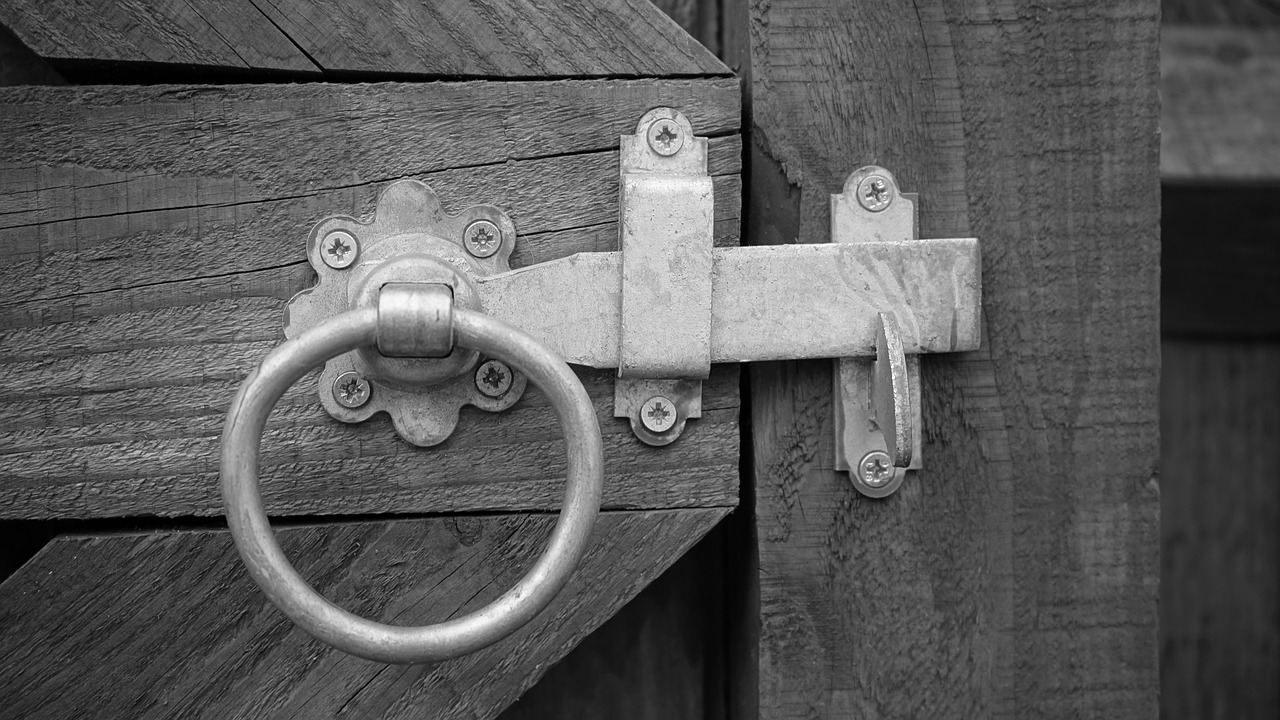Sustainable Roofing Installation Practices: Ensuring Longevity and Performance
When it comes to ensuring the longevity of your roof, proper installation is crucial. Hiring experienced professionals to handle the installation process can help prevent future issues and ensure that your roof remains durable and secure for many years to come. Proper installation techniques, such as adequate ventilation and appropriate flashing, can significantly impact the lifespan of your roof.
Regular maintenance is another key factor in prolonging the life of your roof. Inspecting your roof regularly for any signs of damage, such as loose or missing shingles, cracks, or leaks, can help you address issues promptly before they escalate into more significant problems. Additionally, clearing debris, such as leaves and branches, from your roof and gutters can prevent water buildup and potential water damage, ultimately contributing to the longevity of your roof.
Choosing the Right Materials for Sustainability
When it comes to selecting materials for sustainable roofing, one of the key considerations is longevity. Opting for high-quality materials that are known for their durability can significantly contribute to the sustainability of a roof. Materials that can withstand harsh weather conditions and have a long lifespan help minimize the need for frequent replacements, reducing the overall environmental impact.
Another important factor to consider when choosing roofing materials for sustainability is their energy efficiency. Selecting materials that are reflective and can help reduce heat absorption can lead to lower energy consumption for cooling, especially in warmer climates. Energy-efficient materials not only promote sustainability by decreasing the carbon footprint of a building but also contribute to energy cost savings in the long run.
What are some key factors to consider for long-lasting roofs?
Some key factors to consider for long-lasting roofs include the durability of the materials, the environmental impact of the materials, and the overall sustainability of the roof.
How can I choose the right materials for sustainability?
When choosing materials for sustainability, consider factors such as the energy efficiency of the materials, the recyclability of the materials, and the overall environmental impact of the materials.
What are some sustainable roofing materials to consider?
Some sustainable roofing materials to consider include metal roofs, clay tiles, recycled shingles, and green roofs.
How can I ensure that my roof is environmentally friendly?
To ensure that your roof is environmentally friendly, consider using materials that are energy efficient, recyclable, and have a low environmental impact. Additionally, consider incorporating sustainable design elements such as rainwater harvesting systems or solar panels.





